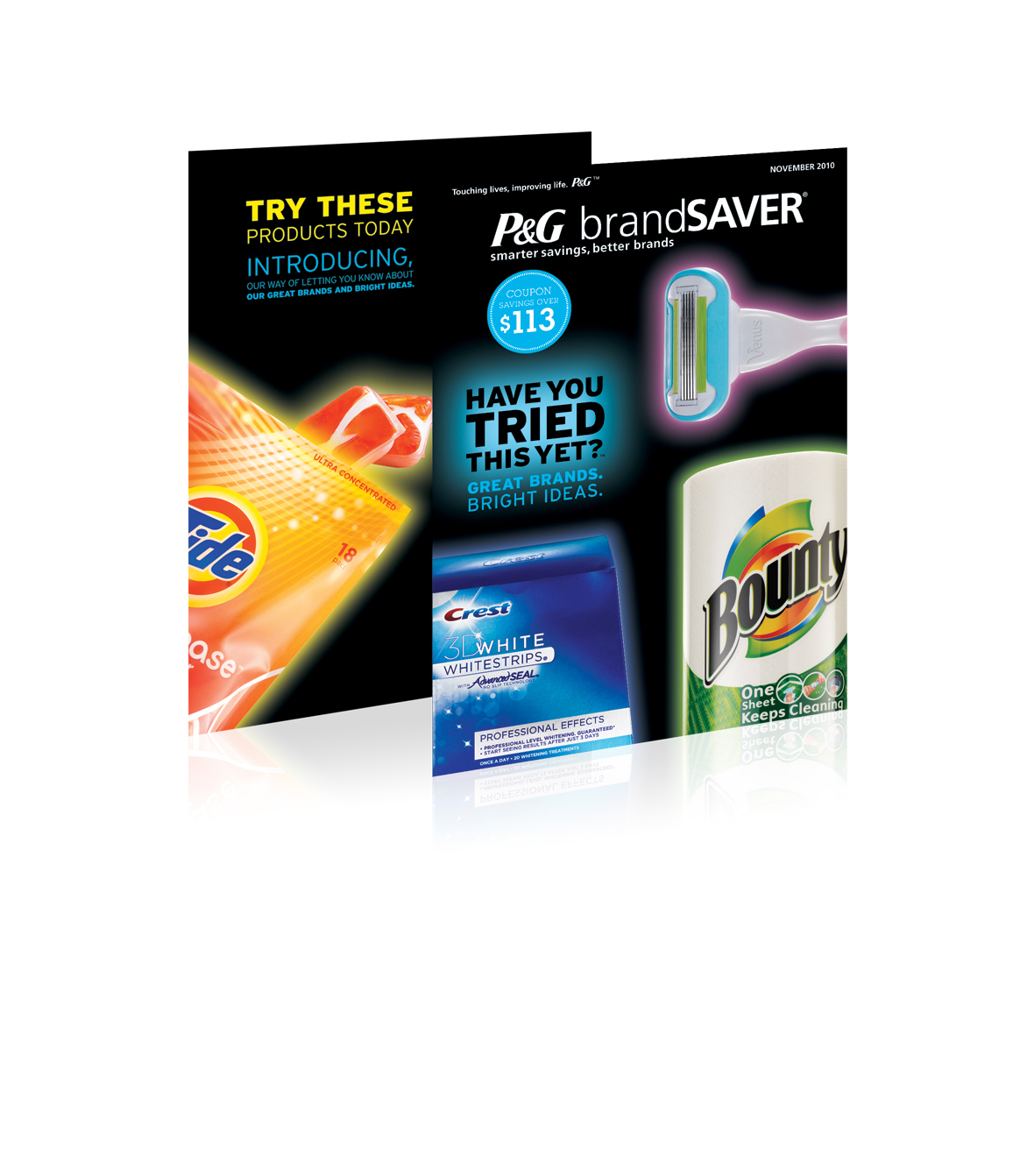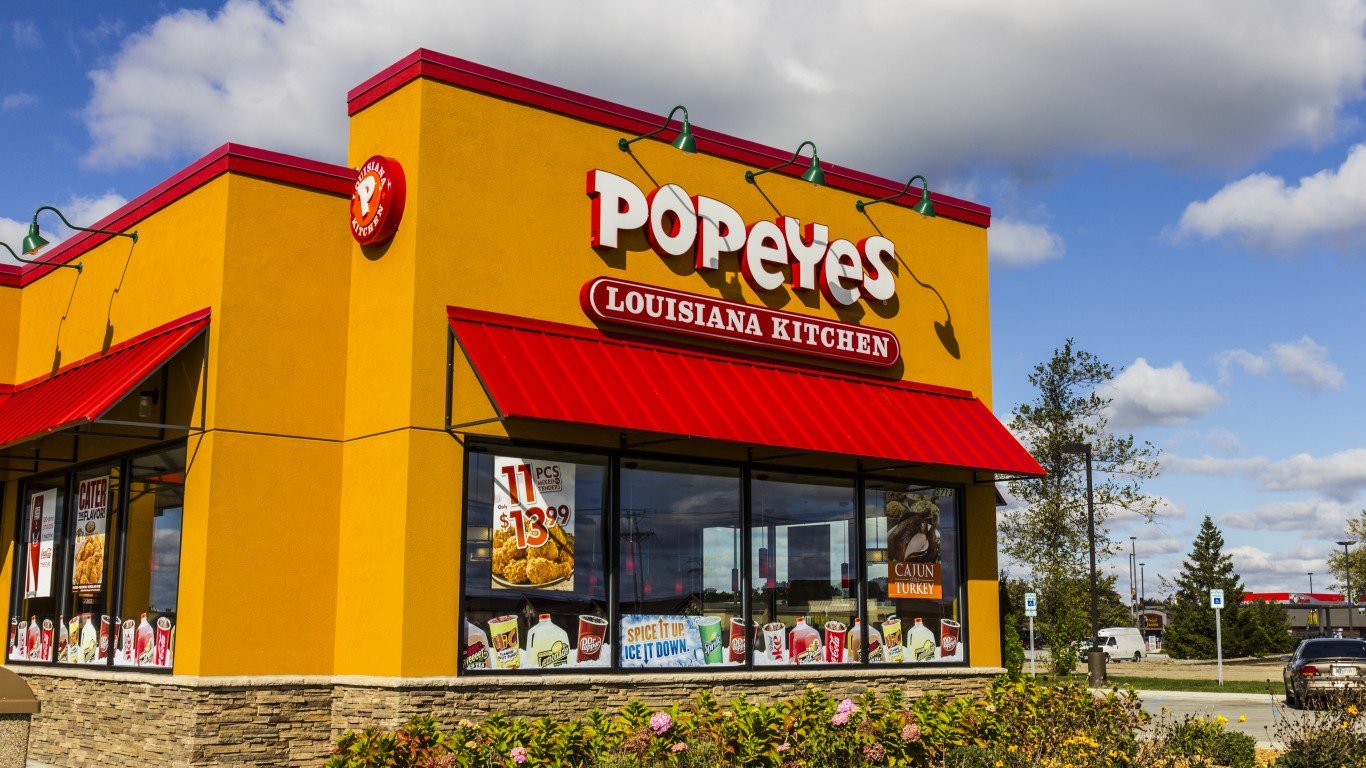Old Procter & Gamble Co. (NYSE: PG) chief executive A.G. Lafley will rejoin the company he used to run and replace CEO Bob McDonald. For Lafley to turn P&G around, he will have to change certain new trends among global consumers. That will not happen. Source: Courtesy The Procter & Gamble Co.
Source: Courtesy The Procter & Gamble Co.
McDonald was criticized primarily for not using P&G’s old and powerful brands to lift revenue. Instead, he moved the company toward selling cheaper brands. He had to change his focus to cost cutting to improve P&G’s bottom line. This sort of action, often widely admired at other large companies seeking better earnings, did not impress the board or large outside shareholders, which include activist investor Bill Ackman.
Critics may want to remember that McDonald took over P&G during the Great Recession. That affected some portion of the company’s earnings, and they continued to be affected during what universally was considered a slow global recovery. He did not get any credit for that, and perhaps in an environment in which CEOs are never judged to be better than their most recent quarter, McDonald’s departure was bound to happen.
P&G prides itself on sales that extend across more than 180 countries. As a consequence, the company recently acknowledged in a Securities and Exchange Commission filing that “Our market environment is highly competitive with global, regional and local competitors.”
Another other important observation in its disclosure to the SEC is: “Demand for our products has a correlation to global macroeconomic factors. The current macroeconomic factors remain dynamic.” Put another away, P&G cannot push a rock uphill if the hill is too steep because of gravity created by global consumer spending woes. Yet another phrase P&G uses in the description of its revenue changes is “unfavorable geographic mix.” Translated into English, that means the troubles in regions such as Europe have hurt P&G’s sales.
Because of P&G’s size, it is difficult to find companies with which it can be compared. Among U.S.-based firms, the closest is smaller Colgate-Palmolive Co. (NYSE: CL). Its revenue rose just a little more than 2% last quarter, which is not meaningfully different from P&G’s figure. The most damning comparison McDonald faced probably was the contrast of the revenue growth at rival Unilever PLC (NYSE: UL), where sales rose 4.9% in the first quarter.
Finally, McDonald actually was given the benefit of the doubt by Wall Street, perhaps because of “global macroeconomic factors.” P&G’s shares are up by 25% over the past year, which is about the same percentage as the S&P 500.
A year from now, when investors look back on Lafley’s early tenure, the most notable factor may not be whether he did a good job with changing the product mix of the company, cutting costs or buying other companies. At the core of the matter will be whether Lafley was able to get P&G to grow faster than worldwide gross domestic product. Now, that would be magic.
Sponsored: Find a Qualified Financial Advisor
Finding a qualified financial advisor doesn’t have to be hard. SmartAsset’s free tool matches you with up to 3 fiduciary financial advisors in your area in 5 minutes. Each advisor has been vetted by SmartAsset and is held to a fiduciary standard to act in your best interests. If you’re ready to be matched with local advisors that can help you achieve your financial goals, get started now.
Thank you for reading! Have some feedback for us?
Contact the 24/7 Wall St. editorial team.



